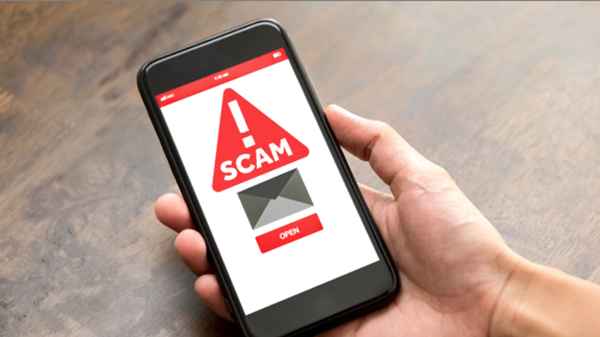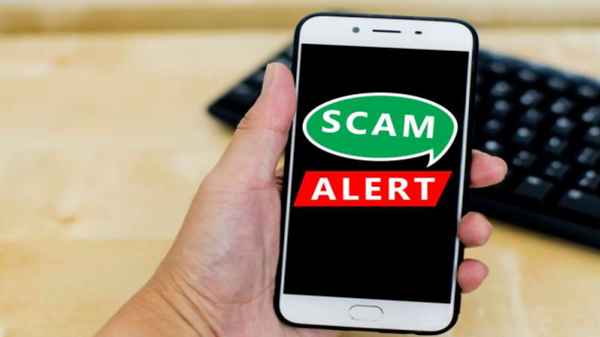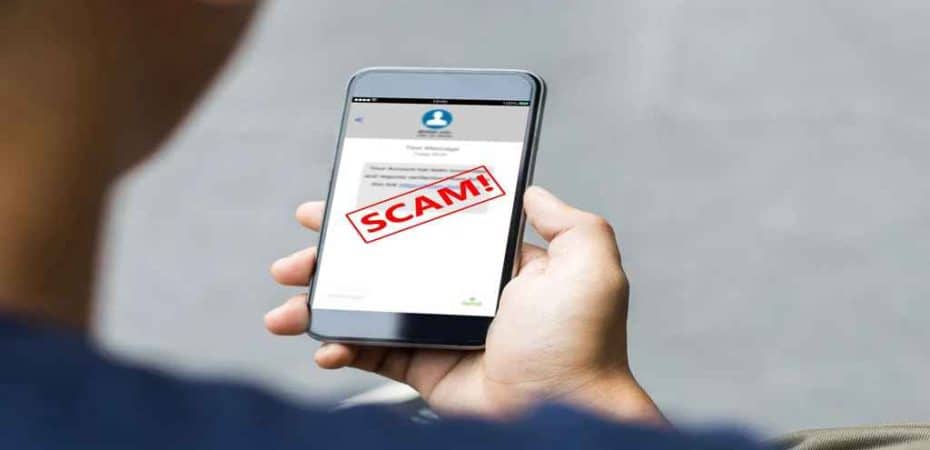In the age of digital communication, convenience often comes at a cost, and the recent surge in phishing scams via text messages is a testament to this. One such scam that has gained notoriety is the “US9514961195221” USPS text message scam. In this article, we’ll delve into the details of this deceptive ploy and equip you with essential tips on how to steer clear of it.
Understanding the “US9514961195221” USPS Text Message Scam

What is the Scam About?
The scam typically involves receiving a text message claiming to be from USPS, with a reference number like “US9514961195221.” The message informs recipients about a parcel awaiting delivery and provides a link to track the shipment. However, falling prey to this can lead to severe consequences.
How Does the Scam Work?
Upon clicking the provided link, victims are often directed to a fraudulent website that mimics the USPS tracking page. Here, they may be prompted to enter personal information or download malicious files, putting their privacy and security at risk.
Recognizing the Red Flags
Generic Greetings and Language
Legitimate messages from USPS are likely to address recipients by their names. If you receive a message with a generic greeting or awkward language, exercise caution.
Suspicious Links
Always scrutinize links before clicking. In the case of the “US9514961195221” scam, check for misspellings or odd characters in the URL. USPS typically uses a secure “https” protocol, so be wary of unsecured sites.
Requests for Personal Information
USPS will never ask for sensitive information through text messages. If a message requests personal details like Social Security numbers or financial information, it’s a red flag.
Guarding Against the Scam

Verify Through Official Channels
Instead of clicking on the provided link, visit the official USPS website and use the legitimate tracking feature. This ensures you access accurate information without compromising your security.
Use Security Software
Keep your mobile device or computer protected with reliable antivirus and anti-malware software. Regularly update these programs to stay one step ahead of potential threats.
Report Suspicious Messages
If you encounter a suspicious text, report it to USPS by forwarding the message to 7726 (SPAM) on your mobile device. This helps authorities take action against scammers.
FAQs (Frequently Asked Questions)
Q: How can I verify if a text message from USPS is legitimate?
A: Legitimate messages from USPS will often address you by name and will not request personal information through text messages. To verify, visit the official USPS website or contact USPS directly.
Q: What should I do if I’ve already clicked on the suspicious link?
A: If you’ve fallen victim to the scam, immediately run a security scan on your device, change any compromised passwords, and monitor your accounts for unusual activity. Report the incident to USPS and consider contacting your bank if financial information was involved.
Q: Can antivirus software prevent these types of scams?
A: Yes, regularly updating and using reliable antivirus and anti-malware software can provide an additional layer of protection against phishing scams and malicious links.
Q: Are there other known text message scams similar to the “US9514961195221” USPS scam?
A: Yes, scammers often use similar tactics with fake tracking messages. Stay informed about common scams and be cautious when receiving unexpected messages, even if they appear to be from reputable sources.
Conclusion
In the digital landscape, staying vigilant is paramount to safeguarding yourself from scams like the “US9514961195221” USPS text message scam. By familiarizing yourself with the red flags and implementing proactive measures, you can navigate the online world securely. Remember, your online safety is in your hands, and a cautious approach is your best defense against evolving cyber threats. Stay informed, stay secure.
Read also:
- How to Implement Residential Proxies in a Battle Against Multi-accounting
- The Evolving Landscape of Cyber Threats: What You Need to Know
- How Transactions Are Confirmed In a Blockchain
- What Is Wave Browser? A Comprehensive Guide
- Demnaty.live Free Robux 2023: Get Your Robux Fix for Free
- TextNow Number Lookup: Trace a TextNow Number for Free
- We Restrict Certain Activity To Protect Our Community
- Top 17 eBook Torrent Sites



